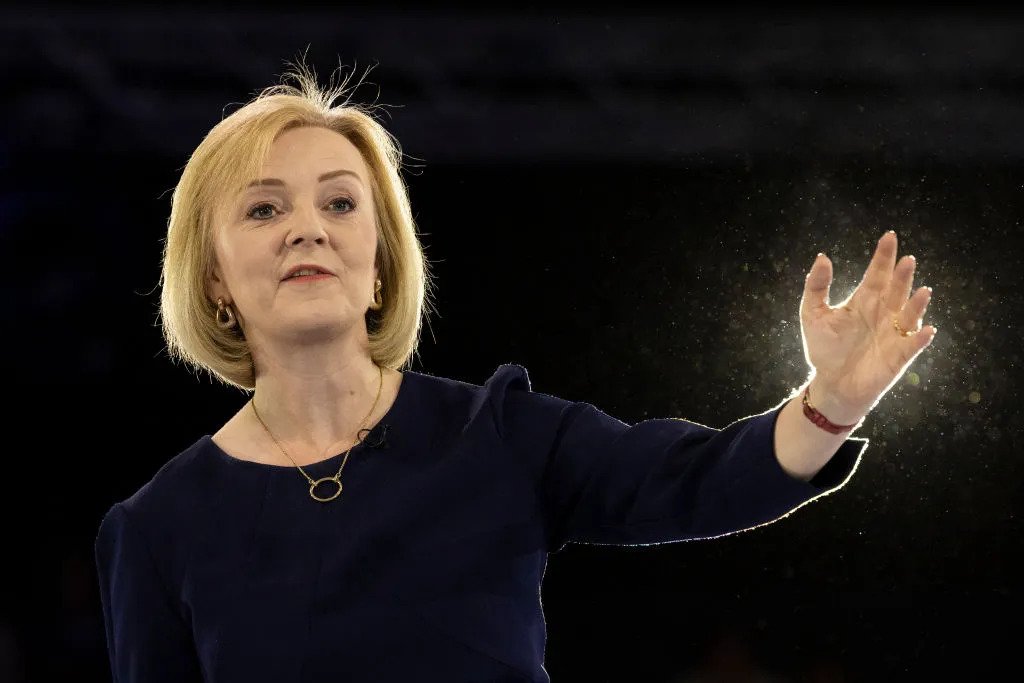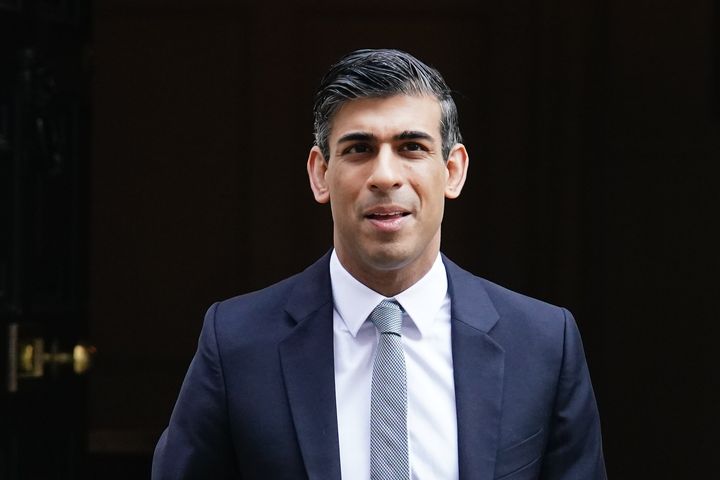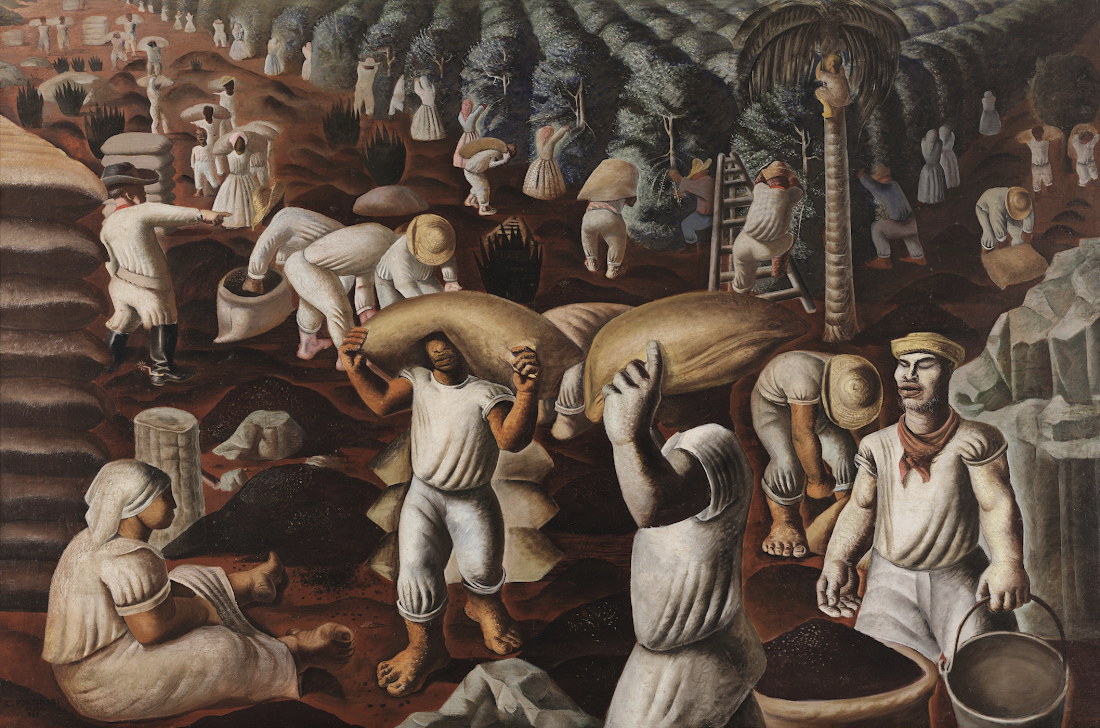Evgeny Morozov’s ‘Critique of Techno-Feudal Reason’ in the latest NLR takes aim at the growing list of thinkers who have seen homologies between feudalism and current tendencies in the capitalist system – prolonged stagnation, upward redistribution by political means, a digital sector in which a few ‘barons’ benefit from a mass of users ‘tied’ to their algorithmic domains, and the growth of a service sector or sector of servants. Among those accused of ‘feudal-speak’ are Yanis Varoufakis, Mariana Mazzucato, Robert Kuttner, Michael Hudson and myself. Morozov dismisses feudal analogies as meme-hungry intellectual attention-seeking, a failure to understand digital capitalism, rather than insights into the possibility that it might be turning into something no longer aptly described as capitalist. Is he right?
In defining what makes capitalism capitalism, Morozov contrasts the conceptualizations of Marxists like Robert Brenner with those of world-systems theorist Immanuel Wallerstein. As he notes, Marxists generally conceive the process of surplus extraction under feudalism as ‘expropriation’, driven by extra-economic coercive or political means: lords expropriate produce from peasants over whom they exercise sovereign political and juridical power. Capitalism, by contrast, relies on ‘exploitation’ – surplus extraction by purely economic means: deprived of the means of subsistence, nominally free workers are obliged to sell their labour power for a wage in order to survive in a cash economy. For Wallerstein, by contrast, capitalism also centrally involves processes of expropriation from the periphery by the core. Morozov pinpoints this continuing role of ‘extra-economic coercion’ as the key difference between the two.
Morozov takes Wallerstein’s side, arguing that ‘dispossession and expropriation have been constitutive of accumulation throughout history’. But this dissolution of the difference between feudalism and capitalism, in favour of eternal expropriation, fails to attend to changes in the forms of exploitation. It naturalizes capitalism – in a way effectively criticized by Ellen Meiksins Wood in The Origin of Capitalism (2017) – and abandons any effort to recognize and specify systemic change. Besides, as Marx, Lenin and Luxemburg all emphasized, extra-economic coercion isn’t simply replaced by exploitation, but accompanies it; capital comes to overlay, incorporate and rely on previous social forms. Marx understood that the compulsion of labour is not unique to capitalism. Pre-capitalist economic formations also compelled labour to produce a surplus, expropriated by the master or the lord. But capitalism changes the form of this compulsion: what was a direct and personal form of domination becomes impersonal, mediated by market forces – the economic separated from the political.
In the Grundrisse, Marx posits an originary unity: in the ancient communal form, the producers are a community of proprietors, who take for granted that the earth is there for them to labour on in order to live. They reproduce themselves and their community through processes that are both productive and destructive. Increases in population mean wilderness needs to be cleared and land cultivated. The need for land propels conquest and colonization. The rise of towns, of artisanal labour and property in the instruments of labour bring about a loosening, a separation, in the community. The community starts to appear not as a naturally and spontaneously given relation to labour, but as itself a product of labour.
Capitalism presupposes that the whole has dissolved into parts. The proprietor of the land no longer works it, and those who work the land no longer own it. Craftworkers likewise stop owning the instruments of labour. The tools employ them instead. Everything that was present in the originary unity is still there, but in a different form. Under this new order, the separated conditions of production come together through the mediation of the market. Contrary to Morozov’s presumption of a continuous linear history, the Grundrisse illuminates the processes by which continuous reproduction can generate fundamental change.
Is there evidence of such a change in the elements that constitute contemporary capitalism? An examination of Uber – the ride-sharing app and the company – helps to bring the problem into focus. First, the labour relation. Are Uber’s drivers independent contractors or employees? On the one hand, the company describes its service as providing a tool for people to access ‘flexible earning opportunities’, getting extra cash by driving in their spare time. The drivers are ‘earners’, independent contractors who use the Uber app to gain access to ride-seekers. Uber connects them to the market and collects a fee for the service. On the other hand, court rulings and workers’ organizations argue that Uber drivers are employees. In February 2021, a London employment court rejected Uber’s claim that its drivers were independent contractors, observing that Uber controlled their working conditions and remuneration. Drivers have no say in negotiating their contracts. Uber controls the information they receive and monitors their passenger rates, penalizing them if they don’t conform to its standards.
For some commentators, Uber exemplifies ‘algorithmic management’, a digitally turbocharged Taylorism. For others, it is ‘a modern version of the company town’, or an ‘on-demand’ servant provider, funded by billions in venture capital. In After the Gig (2020), the economic sociologist Juliet Schor describes the new online labour platforms as recreating a servant economy. At first glance, these interpretations seem to contradict each other: are platforms like Uber manifestations of unbridled capitalism or of a new feudal servitude? For proponents of ‘employee’ status, it is better for drivers to be workers, with legally regulated conditions of employment won by decades of working-class struggle. Defenders of the ‘independent contractor’ designation – including many drivers – don’t see employee status as particularly liberating. Gig workers often say they value their freedom to set their own schedules, even if they loathe the way the platforms manipulate the apps. Likewise, from Uber’s side, the ostensible capitalist doesn’t want to invest in means of production and purchase labour power.
The Grundrisse’s account of the separation that capitalism presupposes provides a way to resolve this inverted binary of servitude and ‘freedom’. Marx describes the mass of living labour thrown onto the market as ‘free in a double sense, free from the old relations of clientship, bondage, and servitude, and secondly free of all belongings and possessions, and of every objective, material form of being, free of all property’. From this perspective, it makes sense to think of Uber drivers as ‘free’ contractors – not because of what they gain in flexibility, but because of what they lose: they are ‘freed’ from workers’ rights to guaranteed hours, paid leave, healthcare benefits and so forth.
They are also ‘freed’, in a sense, from their property. In his discussion of transport in Theories of Surplus Value, Marx notes that ‘the relation between buyer and seller of this service has nothing to do with the relation of the productive labourer to capital’. The buyer of the ride service is not employing the driver in order to accumulate capital by putting them to work. The instrument of labour, the car, ostensibly belongs to the driver – just as the pre-capitalist craftsman owned his tools.
And yet something in the driver’s relationship to their car changes: from being an item of consumption – something purchased out of their own ‘consumption fund’, wages they had received for their labour – the car becomes a means for capital accumulation by another, Uber. Instead of Uber paying for and maintaining a fleet of cars, the company puts the drivers’ cars to use, in effect getting cars to employ their owners. Because they are rated by riders, many drivers feel pressured to keep their cars extra clean and pleasant smelling. The car’s purpose now is less personal enjoyment than generation of income. It stands apart from its owner, as an independent value. The car becomes capital.
The debt many Uber drivers accrue in order to acquire a car signals this change in form. Traditional cab drivers could shift to other jobs if they were unhappy, but Uber’s drivers are often locked into vehicle financial obligations that make it much harder to leave. Debt tethers them to the platform. At the same time, the burden of car maintenance is turned into a cost of production, which drivers have to assume. Drivers have to drive in order to pay for repairs and to keep up their car payments – which means earning for Uber as well as themselves. Drivers’ double freedom – from employee status, from leisured car ownership – ushers in a double dependence: dependence on the market and on Uber, for access to it. Uber inserts itself between driver and rider: they cannot meet without it.
Uber’s insertion of itself as an intermediary between buyer and seller superficially resembles Marx’s discussion of how the intervention of merchants transforms independent spinners and weavers into dependent workers. But Uber differs from the merchant: Uber isn’t buying labour power. Riders are.
*
Morozov’s critique of techno-feudalism insists that our digital overlords are not ‘lazy rentiers’. With Google as his primary example, he sees them as innovators pouring money into research and development, engaging in the production of new commodities such as search results. But the drive to maximize profits can prevent the reinvestment of surpluses in production, directing them towards destruction instead. Capitalism’s own laws can undermine capitalism and generate something worse. Thus, for example, Uber undercuts and disrupts the urban-transport sector, driving down pay and making it impossible for cab drivers to earn a living wage. Airbnb has similarly led to declines in hotel revenue and employee layoffs. DoorDash is undercutting the restaurant sector through its unlicensed, uninspected kitchens which reproduce the menus of actual restaurants for delivery.
Platform work carries out this sort of destruction wherever it takes hold. As Alexis Madrigal writes, companies like Uber, Lyft, Grubhub, Doordash, and Instacart have ‘wired those in local industries – handymen, house cleaners, dog walkers, dry cleaners – into the tech- and capital-rich global economy. These people are now submitting to a new middleman, who they know controls the customer relationship and will eventually have to take a big cut.’ Whereas before these workers’ earnings were their own, now an intermediary extracts a fee, a rent based on control over access to the market.
The process of separation that fragmented the pre-capitalist originary unity continues as middlemen, platforms, intermediaries insert themselves into exchange relations, disrupt markets and destroy sectors. Insertion, the creation of new dependencies based on monopoly power, doesn’t come cheap. Market domination costs billions, raised through venture capital and private equity, accumulations of wealth that multiply through destructive rather than productive investment. Uber’s strategy – deploying enormous amounts of capital to incentivize drivers and subsidize riders until the company has established itself in a city and can start upping fees – is not unique. Tactics of ‘blitzscaling’ or ‘lightning growth’ are practically gospel in Silicon Valley. According to Reid Hoffman, co-founder of LinkedIn and author of Blitzscaling: The Lightning-Fast Path to Building Massively Valuable Companies (2018), the process involves ‘purposefully and intentionally doing things that don’t make sense according to traditional business thinking.’
WeWork is another example of blitzscaling, this time in the office-rental sector. Armed with billions of investment capital from SoftBank’s Vision Fund, WeWork attempted to dominate markets by using hoards of cash to destroy or purchase competitors, paying out huge incentives to early renters, and so on. What makes blitzscaling appear feasible is the enormous amount of venture capital seeking outsized gains, especially the kind that can accrue from a successful IPO. Billions are funneled into a company that can destroy all potential competitors, rather than having to compete with them directly through efficiency improvements. Once competitors are eliminated, and regulations circumvented, the victor can increase the squeeze on workers and customers alike. The laws of motion here are not capital’s imperatives of market competition and profit maximization. Capital becomes a weapon of conquest and destruction.
Neoliberalism turns into neofeudalism because it effects a change in social-property relations by destroying state ‘fetters’ or constraints on markets – employee safety nets, corporate taxation, social-welfare provisions. The enormous stores of wealth that accumulate in the hands of the few exert a political and economic power that protects the holders of capital while intensifying the immiseration of almost everyone else. Wealth-holders seeking high returns rely on hedge funds, private equity, venture-capital funds and the like to sniff out high-risk, high-reward pursuits of the kind favoured by Silicon Valley – destructive platforms that insert themselves into exchange relations, rather than production. Manufacturing these days isn’t likely to generate super-profits; platforms that can make themselves indispensable to market access and extract fees in novel ways are more promising.
The increases in precarity and anxiety under neoliberalism, as well as broader patterns associated with privatization, austerity and the decline of the organized working class, have created a base of consumers grateful for price breaks and a supply of labour looking for work. Dependent on the market for access to our means of subsistence, we become dependent on the platform for access to the market. If we are to work, the platform gets its cut. If we are to consume, the platform gets its cut as well.
As it produces new social-property relations, new intermediaries and new laws of motion, the ongoing process of separation is not a ‘going back’ to historical feudalism, as Morozov would have it, but a reflexization, such that capitalist processes long directed outward – through colonialism and imperialism – turn in upon themselves. With advances in production seemingly at a dead end, capital is hoarded and wielded as weapon of destruction – its wielders new lords, the rest of us dependent, proletarianized servants and serfs. If feudalism was characterized by relations of personal dependence, then neofeudalism is characterized by abstract, algorithmic dependence on the platforms that mediate our lives.
What of the role of the state, which Morozov describes as weak to non-existent under the ‘parcellized sovereignty’ of the European feudal era, but ‘constitutive’ for Silicon Valley? Logically, of course, state involvement in the consolidation of an economic sector tells us nothing about its strength or weakness; it could just as well be the tool of special interests. But Morozov misrepresents the discussion of parcellized sovereignty in contemporary debates about feudalism and neofeudalization.
The key processes here are fragmentation and extra-economic expropriation. Just as feudal lords both exploited peasants and held juridical authority over them, so today economic actors exercise political power on the basis of the terms and conditions they set. Private commercial interests are displacing public law through confidentiality agreements, non-compete rules, compulsory arbitration and the dismantling of public-regulatory agencies, creating a fragmented form of ‘legally sanctioned private jurisprudence’. With the privatized parcellation of sovereignty, political authority and economic power blend together. Law doesn’t apply to billionaires powerful enough to evade it. Corporations like Apple, Amazon, Microsoft, Facebook and Alphabet are treated by governments like sovereign states. Immensely concentrated wealth has its own constituent power, determining the rules it will follow – or not.
The counter-revolution of neoliberalism has been a process of privatization, fragmentation and separation, in the name of a hyper-individualized freedom that resembles the ‘dot-like isolation’ of the Grundrisse’s ‘free’ worker. Today’s proletarians are caught up in a new kind of serfdom, dependent on networks and practices through which rents are extracted at every turn. When production is insufficiently profitable for accumulation, holders of capital seek returns elsewhere. In the process, they further the dynamic of separation and induce new dependencies, which require a new name. Neofeudalism speaks to that.
Read on: Evgeny Morozov, ‘Critique of Techno-Feudal Reason’, NLR 133/134.











